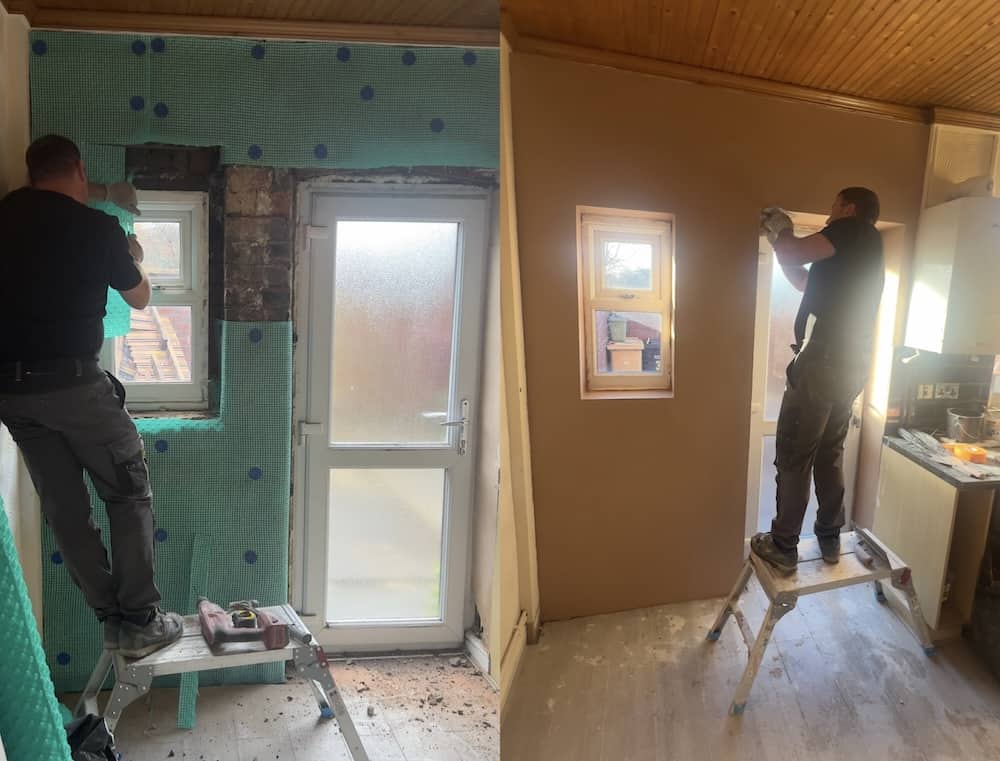The Essential Guide to Damp Proofing with Membrane for Plasterboard
Introduction:
Damp issues in homes can be a persistent and damaging problem, affecting both the structural integrity of the property and the health of its occupants. Damp proofing, especially with the use of damp proof membranes for plasterboard, is a crucial step in preventing and addressing moisture-related concerns. In this comprehensive guide, we’ll explore the damp proofing process, with a focus on the application of damp proof membrane for plasterboard to safeguard your home.
Understanding Damp Proofing:
Damp proofing is a set of measures designed to prevent moisture from infiltrating the structure of a building. It involves identifying the source of dampness, addressing it effectively, and implementing protective measures to prevent its recurrence.
The Damp Proofing Process:
1. Damp Inspection:
- Identifying the Source: A thorough damp inspection is the first step. Trained professionals assess the property to identify the source of dampness, whether it’s rising damp, penetrating damp, or condensation.
2. Addressing the Root Cause:
- Effective Solutions: Depending on the type of damp issue identified, appropriate solutions are implemented. This may include fixing leaks, improving ventilation, or installing damp proof courses.
3. Application of Damp Proof Membrane for Plasterboard:
Selecting the Right Membrane: Damp proof membranes are vital in preventing moisture from reaching plasterboard walls. There are various types, including polythene and bitumen-based membranes. The choice depends on the specific needs of the property.
Installation Process:
Preparation: Ensure that the walls are clean and free from debris. Repair any damaged plaster or mortar.
Cutting and Fitting: Measure the damp proof membrane to fit the wall, allowing for overlaps. Cut the membrane to size and secure it to the wall, using an appropriate adhesive.
Sealing Joints: Overlapping sections of the membrane should be sealed using a suitable adhesive or tape, creating a continuous barrier against moisture.
Fixing Plasterboard: Once the membrane is securely in place, plasterboard can be fixed directly to it. This provides an additional layer of protection against damp, creating a dry and stable surface for further finishes.
4. Final Finishes:
- Decorating: After the damp proof membrane and plasterboard are installed, the final finishes, such as painting or wallpapering, can be applied. It’s crucial to use moisture-resistant materials to maintain the effectiveness of the damp proofing.
5. Regular Maintenance:
- Preventive Measures: To ensure the continued effectiveness of damp proofing, it’s essential to undertake regular maintenance. Keep an eye out for signs of dampness and address any issues promptly.
Conclusion:
Damp proofing, especially when incorporating damp proof membrane for plasterboard, is a comprehensive process that requires expertise and attention to detail. By identifying and addressing the root cause of damp issues and implementing effective damp proofing measures, homeowners can protect their properties from the damaging effects of moisture. Whether you’re building a new home or renovating an existing one, investing in proper damp proofing is a crucial step towards maintaining a dry, healthy, and structurally sound living environment.
Get in touch with damp proof specialists in Manchester
